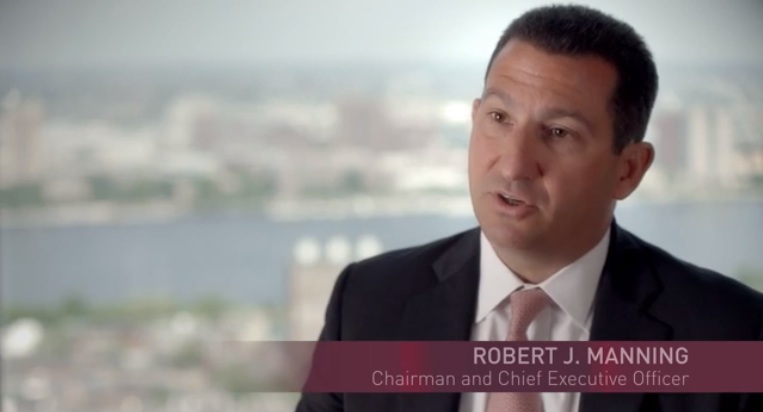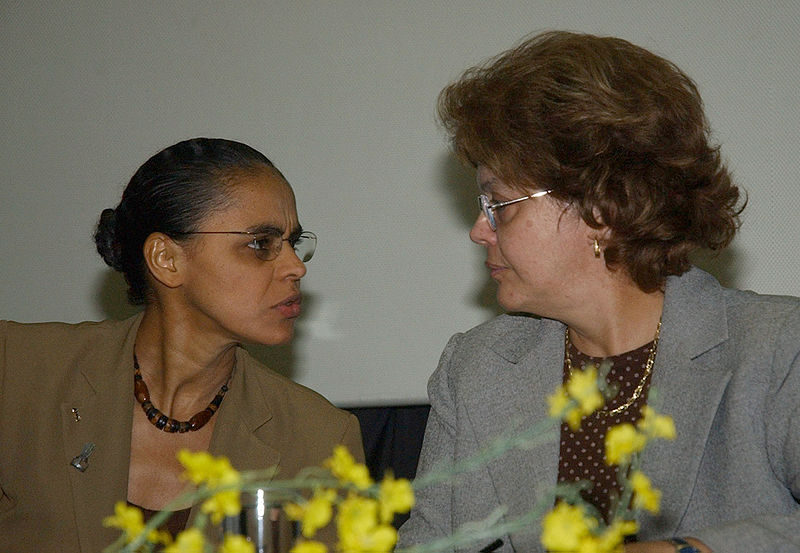One Bright Spot in Equity Markets is Japan
| For Fórmate a Fondo | 0 Comentarios

September was a challenging month for risk assets with the S&P 500 index posting a dollar total return of -1.4%. UK equities also declined as the short-term uncertainties relating to the Scottish independence referendum weighed on sentiment, with the FTSE All-Share registering a sterling total return of -2.8%. For the year, the All-Share is now up only 0.6% on a total return basis. Returns from European equity markets diverged in September, with the likes of Italy and Denmark ranking among the stronger European bourses when measured in local currency terms, while Greece and Portugal underperformed. Japanese equities outperformed strongly, which was very pleasing as we continue to favour Japan within our multi-asset portfolios. However, Asian equities struggled, as markets in Hong Kong and China were unsettled by pro-democracy demonstrations in Hong Kong after Beijing ruled out fully democratic elections in 2017. In fixed income, benchmark US 10-year yields moved higher to finish September at 2.48%. Towards the end of the month, there was some volatility in Treasury and credit markets as the departure of Bill Gross from PIMCO led to concerns that the world’s largest bond fund – the c.$220bn PIMCO Total Return Fund – could be forced to exit positions to meet client redemptions.
At the time of writing, risk assets are struggling to make any headway due to the combination of weak European economic data, the first confirmed cases of Ebola in Europe and the US, and ongoing geopolitical worries in Europe, the Middle East and Hong Kong/China.
As I have highlighted in our recent asset allocation update, we have decided to take some money out of high yield (with the proceeds going to cash) as a risk reduction measure; the asset class is widely owned and yet liquidity remains patchy. Core bond yields continue to look poor value versus historic averages, but the deteriorating economic growth outlook in Europe and some signs that the US is moving to a more moderate rate of growth should provide some support for core bond prices, even allowing for the concerns about flows mentioned above.
On the policy front, the market continues to speculate whether the ECB will implement some form of full- blown quantitative easing (QE), but it was interesting to note that Mario Draghi looked somewhat dejected at a recent ECB press conference; it is clear that he would like Europe’s politicians to implement some form of structural or fiscal boost (a ‘cash for clunkers’ scheme is one potential easy win for Europe, especially given Germany’s position as a leading producer of cars) but nothing has been forthcoming. As for QE, I would continue to question the efficacy of sovereign bond purchases when European core yields are already so low. Ever-lower bond yields are unlikely to encourage European banks to lend when demand for credit is subdued and regulatory constraints mean that banks are being forced to conserve capital. However, given the politicians’ inaction on structural reform and fiscal stimulus, Draghi may feel that he has to implement QE because it is the only lever that he can pull.
On balance, we remain constructive on equities versus bonds on a relative basis but, in absolute terms, equities are no longer cheap and on some measures they are expensive. One bright spot in equity markets is Japan, where companies have benefited from the yen’s decline against the dollar; upward earnings revisions continue to come through, and should continue to underpin the relative attractiveness of the asset class, although Japan is unlikely to be immune to any short-term weakness in global equities.
Perhaps the biggest question for investors at the moment is whether the US really can ‘go it alone’ given that much of the developed world remains moribund in economic terms. Certainly dollar strength has been one of the major themes in markets this year and it is telling that US QE is winding down just as Europe seems to be contemplating its own full-blown program of sovereign bond purchases. One thing that is clear is that the dollar is likely to remain healthy in the short term and this should to prove a headwind for asset classes that historically have had a strong negative correlation with the dollar, such as emerging markets.
Mark Burgess is Chief Investment Officer at Threadneedle








